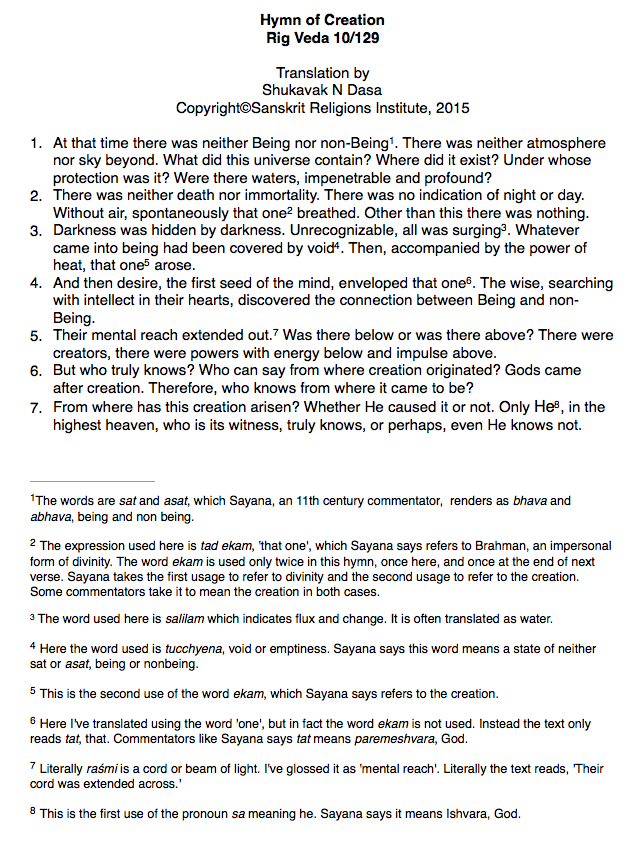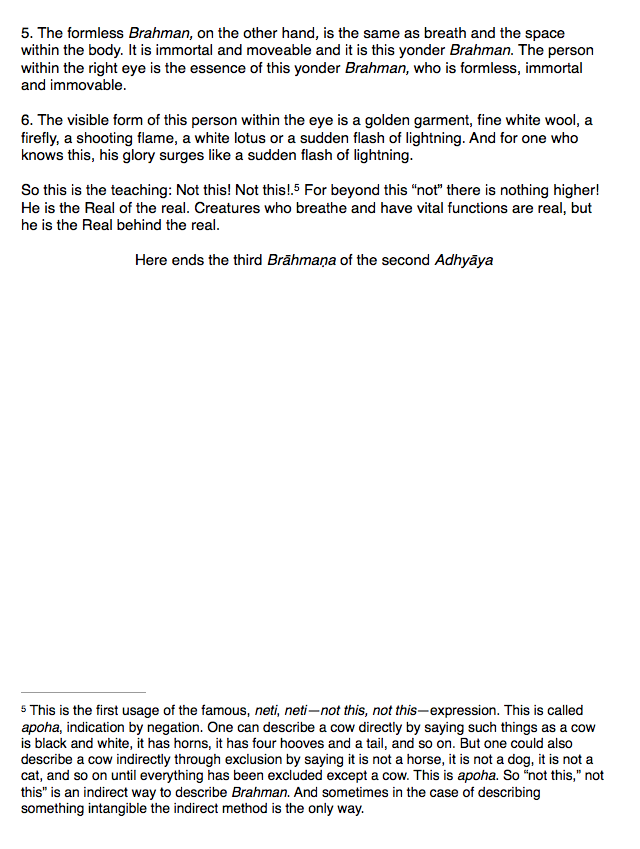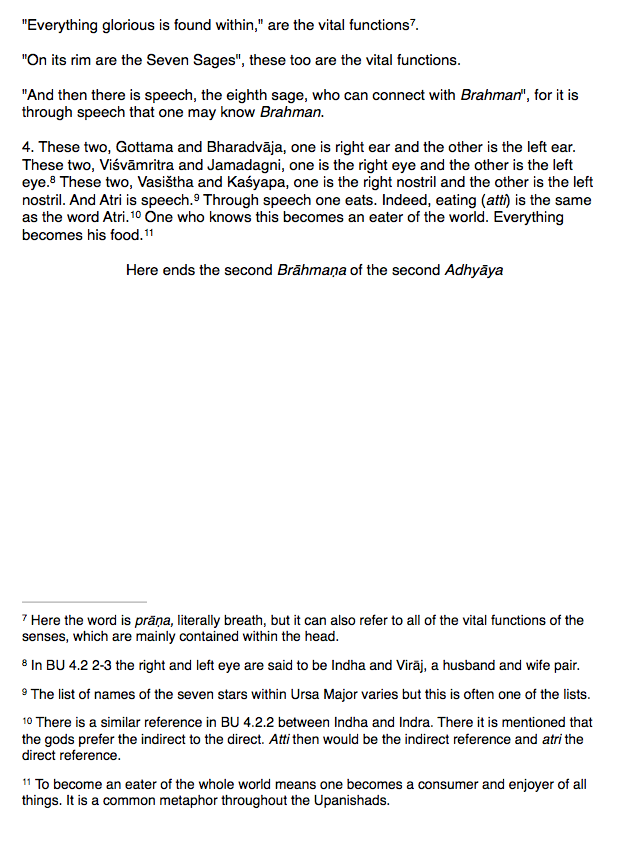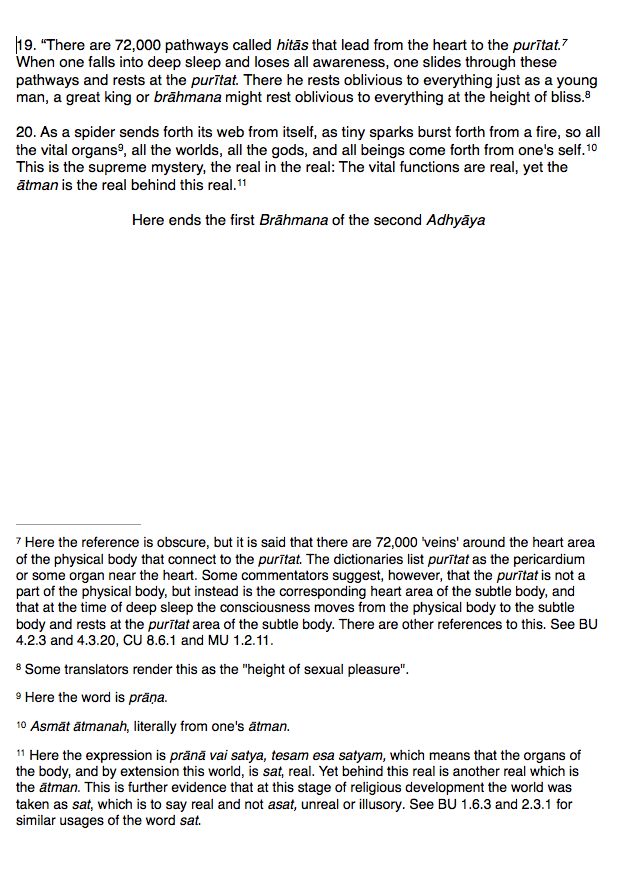The Importance of Sanskrit to Hinduism
To read this article with diacritics click here. (pdf download) To download and read pdf files you must have the free Adobe Acrobat Reader.
Hinduism and Sanskrit are inseparably related. The roots of much of Hinduism can be traced to the dawn of Vedic civilization. From its inception, Vedic thought has mainly been expressed through the medium of the Sanskrit language. Sanskrit, therefore, forms the basis of Hindu civilization.
As language changes, so religion changes. In the case of Hinduism, Sanskrit stood for millennia as the carrier of most of Vedic thought before its dominance gradually gave way to the vernacular lanuages that eventually evolved into the modern day languages of Hindi, Gujarati, Bengali, Telugu, Kannada, and so on. Although the foundations of Hinduism are largely built on the vocabulary and syntax of Sanskrit, these modern languages are now the primary carriers of Hindu thought within India. While the shift from Sanskrit to these regional languages forced a change in the meaning of words, and therefore a change in how subsequent generations interpreted the religion, the shift was at least within the context of languages that were related to Sanskrit.
In the last century, however, a new phenomenon has been occurring. Hinduism has begun to emerge in the West in two significant forms. One is from Westerners who have come to embrace some variety of Hinduism through contact with a Hindu religious teacher. The other is through the immigration of Hindus who were born in India and who have now moved to the West. One of the first and most striking examples of the former scenario was Swami Vivekananda’s appearance in Chicago at the Parliament of World Religions in 1896. At the time, Vivekananda received wide coverage in the American press and later in Europe as he traveled to England and other parts of Europe. Along the way he created many followers. Swami Vivekananda was the trailblazer for a whole series of Hindu teachers that have come to the West and who still continue to arrive today. The incursion of so many Hindu holy men has brought a new set of Hindu vocabulary and thought to the mind of popular Western culture.
The other important transplantation of Hinduism into the West has occurred with the increase in immigration to America and other Western countries of Hindus from India. In particular, during the 1970s America saw the influx of many Indian students who have subsequently settled in America and brought their families. These groups of immigrant Hindus are now actively engaged in creating Hindu temples and other institutions in the West.
As Hinduism expands in the West, the emerging forms of this ancient tradition are naturally being reflected through the medium of Western languages, most prominent of which, is English. But as we have pointed out, the meanings of words are not easily moved from one language to the next. The more distant two languages are separated by geography, latitude and climate, etc. the more the meanings of words shift and ultimately the more the worldview shifts. While this is a natural thing, it does present the danger that the emerging Hindu religious culture in the West may drift too far afield. The differences between the Indian regional languages and Sanskrit are minuscule when compared to the differences between a Western language such as English and Sanskrit.
With this problem in mind, the great difficultly in understanding Hinduism in the West, whether from the perspective of conversion or from a second generation of Hindus, is that it is all too easy to approach Hinduism with foreign concepts of religion in mind. It is natural to unknowingly approach Hinduism with Christian, Jewish and Islamic notions of God, soul, heaven, hell and sin in mind. We translate brahman as God, atman as soul, papa as sin,dharma as religion. But brahman is not the same as God; atman is not equivalent to the soul, papa is not sin and dharma is much more than mere religion. To obtain a true understanding of sacred writings, such as theUpanisads or the Bhagavad-gita, one must read them on their own terms and not from the perspective of another religious tradition. Because the Hinduism now developing in the West is being reflected through the lens of Christianity, Judaism and Islam, the theological uniqueness of Hinduism is being compromised or completely lost.
Ideally, anyone attempting to understand Hinduism should have a working knowledge of Sanskrit. Ideally, all Hindu educational institutions and temples should teach Sanskrit, and all Hindu youth should learn Sanskrit. In reality this is not occurring, nor is it likely to occur. The critical mass that it takes to create a culture of Sanskrit learning is not here.
Even within the Hindu temples that are appearing in the West as a result of Hindu immigration, the demand for Sanskrit instruction is not there. And why should it be there? After all, these first generations of Hindu immigrants themselves do not know Sanskrit. Their Hinduism is through the regional languages. One may argue that Hinduism is still related closely enough to its Sanskritic roots through the regional languages. The problem with this argument is that even these regional languages are not being aggressively taught to the new generation. And if the history of other immigrant cultures to American is any gauge, the regional languages of India will die out after one or two generations in the great melting pot of America. This means that the Hindu youth of the second generation are gradually losing their regional ethnic roots and becoming increasingly westernized.
I do not suggest that this means the end of Hinduism. In fact I see positive signs when Hindu youth come to temples for darsana and prayer and increasingly ask for Hindu weddings and other pujas. But it does suggest that the new Hinduism that is developing in the West will evolve in a way that is divorced from its vernacular roots, what to speak of its Sanskritic roots, as Christianity in the West has developed separated from its original language base.
A solution to this problem of religious and cultural drift is to identify and create a glossary of Sanskrit religious words and then to bring them into common usage. Words such as brahman, dharma, papa should remain un-translated and become part of the common spoken language when we speak of Hindu matters. In this way, at least an essential vocabulary that contains the subtleties of Hinduism can remain in tact. To a limited extent this is already occurring. Words such as karma, yoga and dharma are a part of common English speech, although not with their full religious meanings intact. In the right hand column is a list of terms along with a summary of their meanings that I suggest should be learned and remain un-translated by students of Hinduism. These are terms taken primarily from the Bhagavad-gita and the major Upanisads.



